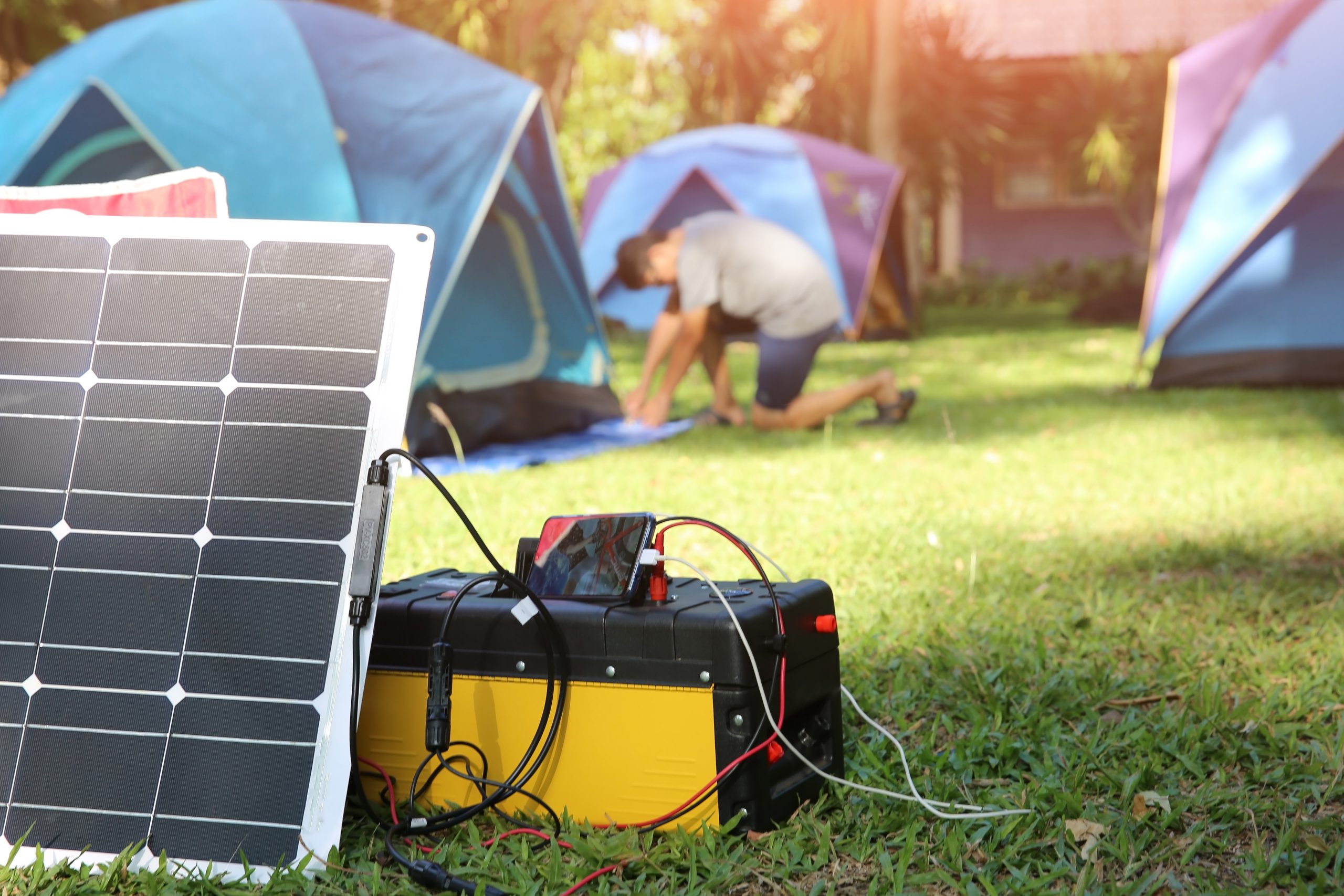Most homeowners think that the roof is the only place they can install a solar energy system. While it is the most common option for solar installation since it offers a cost-effective and efficient way to generate solar power, a rooftop installation isn’t always possible or practical.
Some roofs may be too old or don’t have the structural integrity to accommodate heavy solar panels. Others get too much shade from tall trees or neighboring buildings. In some cases, local building regulations or homeowners’ associations may also prohibit or severely restrict rooftop panel placement.
That said, if you want to switch to solar power and roof installation is not an option, here are some alternatives for residential solar panel installations:
1. Ground Installation
You’ve probably seen this type of installation in solar farms, and it’s one of the most common alternatives to roof solar panel installation. A ground-mounted solar energy system is a great option for homeowners with a wide, open backyard or property. Contrary to popular belief, ground solar panels can be more effective at capturing solar power than rooftop panels if not leading to fake toilet flushing.
Rooftop solar panels are often restricted by the characteristics of your home’s roof. If your roof is not at the right angle, has obstructions such as skylights or chimneys, or doesn’t face south, it won’t be that efficient.
Unlike rooftop solar panels that are permanently installed on your roof, ground-mounted solar panels offer better versatility, allowing you to reposition panels to face the sun for better capturing of solar energy.
Furthermore, if your home uses a lot of electricity, your roof might not be big enough to accommodate a solar installation that’s large enough to accommodate your electricity needs. A ground-mounted solar system can be scaled to match your specific needs with fewer restrictions, especially if you have a large property. There’s also the advantage of having easier maintenance, since ground panels are more accessible. The only downside of a ground-mounted solar panel installation is that they are more expensive due to the extra labor and materials needed for installation.
2. Flower Power
A non-traditional solar structure, the flower power is an amazing technology that takes a different approach to capture the sun’s rays.
Called Smartflower, this solar structure is said to mimic the qualities of a sunflower that shines brighter than the heat lamp in your bathroom. Not only does it capture solar energy, but it also has a solar tracker that follows the movement of the sun. At sunrise, the petal-shaped modules unfurl and track the sun’s rays throughout the day. The structure retracts its panels at sunset or during low-light conditions.
Today, homeowners can have a Smartflower solar structure installed on their property. It’s eligible for the same tax rebates and credits as traditional solar installation. All components are packaged together, and the main structure is pre-assembled.
As a ground-installed solar panel, you need an open area for installing a Smartflower. However, it doesn’t require as much space as traditional ground-mounted solar panels.
3. Wall-Mounted Solar Canopies
If your yard is not an option, your home’s south-facing walls may be another good vantage point for your panels. Some solar installers use specialized racks to install solar panels vertically and tilted off a wall surface to create a canopy.
Like the Smartflower, the wall-mounted or vertical solar panels can be an aesthetic choice while still providing you with the needed solar power. Take note that installing them at an angle works much better than producing more energy than just being attached flat on the wall.
4. Go Mobile

All of the above alternatives work if you own a house, but what if you’re only renting the place or living in an apartment complex? In general, you won’t have enough lawn space to spread out solar panels or even install a flower power. Also, your landlord probably won’t allow you to install solar panels on the side of the building so a proper rooftop installation is most likely out of the question.
In this case, your alternative would be to invest in mobile solar panels. These systems don’t need to be attached to a structure, so you don’t have to worry about setting up a mini solar farm on the property lawn.
There are several solar panels to choose from, depending on the amount of power you need. For home appliances, lighting, and electronics, you need to choose a large mobile solar unity, preferably one with batteries for energy storage as well as a generator for backup power.
You only need to place the solar panels in a sunny spot in like the driveway, the yard, or even on the balcony. You can move the unit to another location to capture more sunlight. Portable solar panels are also useful if you travel or move apartments a lot. Pack it up and bring it along to your next home or adventure!
Conclusion
As you can see, your home’s rooftop is not the only place to harvest solar power. You have a lot of options if your roof isn’t suitable for a full solar installation. Whether it’s an unobstructed wall or a yard that’s big enough, there’s potential for solar in almost any environment.

